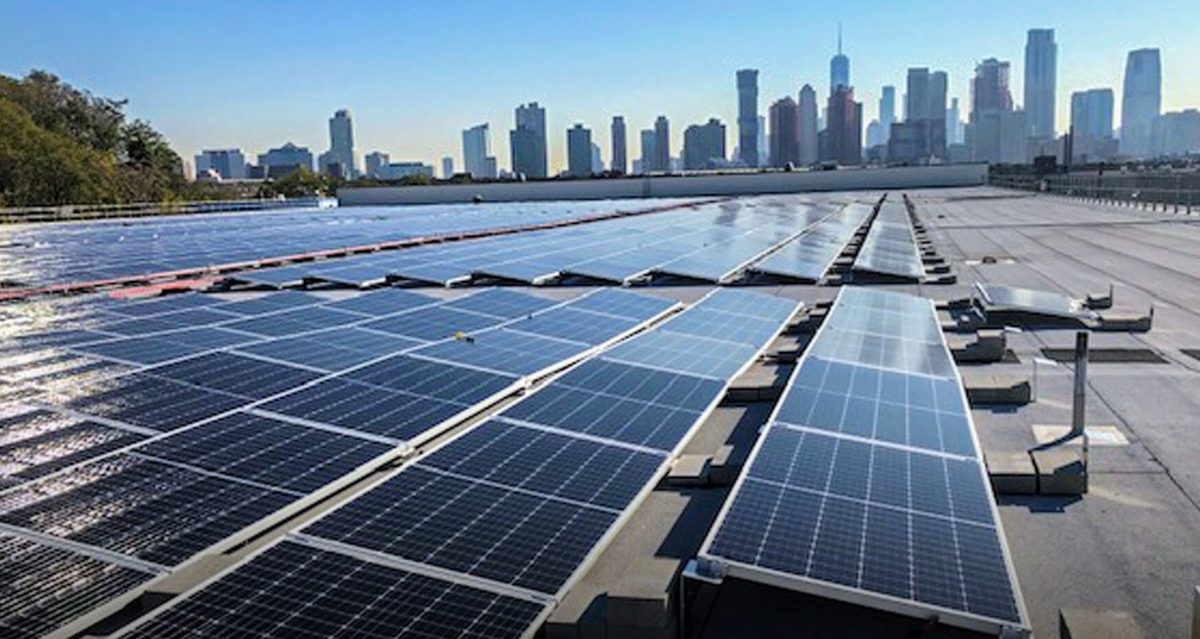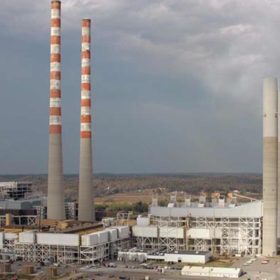According to the latest World Energy Outlook 2023 from the International Energy Agency (IEA), clean energy technologies such as solar, wind, electric cars, and heat pumps are reshaping how we power our world. By 2030, the IEA foresees almost ten times more electric cars on the roads, solar generating more electricity than the entire current US power system, and renewables nearing a 50% share of the global electricity mix.
While developed countries like the EU, the U.S., and Canada are leading the way in decarbonization and electrification efforts, the challenge lies in extending these benefits to developing nations around the globe. The IEA’s projections highlight the urgency of addressing worldwide energy challenges, exploring progressive battery chemistries, and emphasizing the need for international cooperation to accelerate a clean energy future.
The unequal distribution of clean air and water worldwide highlights the need for equitable access to carbon-neutral energy. Although we have seen commendable progress, such as the share of the global population without reliable electricity access dropping by more than half between 2000 and 2023, challenges persist as 746 million individuals still lacked access to electricity in 2023. Across the globe, communities grapple with an uneven distribution of environmental resources, exacerbating health risks and perpetuating a cycle of inequality. Regions such as Sub-Saharan Africa and Southeast Asia heavily depend on diesel and coal, contributing to disproportionate environmental and wellness impacts on vulnerable populations.
Pollution-related challenges continue to affect those with fewer resources, amplifying existing social disparities. Delving into the root causes of pollution unveils deeper systemic issues, including unequal supply distribution and inadequate infrastructure. Ensuring equitable access means guaranteeing that the benefits of the energy transition are not exclusive to privileged countries but are extended to every individual and community, allowing them to benefit from cleaner energy sources.
Beyond lithium-ion
Lithium-ion batteries, currently the dominant player in energy storage, have multiple limitations. The production of lithium-ion batteries greatly impacts the environment because extracting materials like lithium, cobalt and nickel can cause significant deforestation and water pollution. The resources for these batteries are often found in vulnerable, developing countries, further highlighting the risks of exploitation. The mining process also raises ethical concerns because it has been linked to child labor and human rights violations, demonstrating that there are problems with the entire supply chain.
Lithium-ion batteries are expensive because making them involves complex processes, and the materials are costly to extract and refine. The increasing demand for electric vehicles (EVs) and renewable energy storage adds to their relatively high market price. The intricate manufacturing methods and stringent safety standards further contribute to their overall cost, making lithium-ion batteries less affordable, especially with the rising interest in EVs and renewable energy solutions in richer nations.
The increasing demand for EVs is causing concern, especially among communities facing socio-economic challenges, due to the limited global supply of critical materials required to produce lithium-ion batteries. S&P Global Mobility projects that EV sales will reach around 40–50% of total passenger car sales by 2030 in the United States. The growing popularity raises issues about the long-term sustainability of lithium-ion technology. It highlights the need to explore alternative battery chemistries that use more sustainable and readily available materials.
Beyond resource scarcity, there are also end-of-life challenges. Despite the evolving recycling methods for lithium-ion batteries, recovering materials still requires significant energy. This further accentuates challenges about the technology’s overall environmental footprint. Considering the drawbacks of lithium-ion batteries, it is crucial to invest in and explore alternative battery chemistries that address issues related to the environment, ethics, and resources. If we are to sufficiently foster an inclusive clean energy future, the well-being of vulnerable populations and landscapes must be prioritized as decisions on new technologies are made.
Innovative approaches to energy storage
Exploring alternative battery chemistries is critical to addressing the restraints brought on by current technologies. The environmental impact and supply challenges associated with lithium-ion batteries emphasize a need for innovative approaches to energy storage. Research must focus on discovering new battery technologies and chemistries that offer greater sustainability and cost-effectiveness while reducing environmental impact.
Researchers and innovators aim to uncover materials and processes that present unique advantages regarding resource efficiency, longevity, affordability, and ethical considerations by investigating beyond traditional lithium-ion. Innovation is at the heart of this exploration as it is the driving force behind sustainable energy solutions. Start-ups are already advancing battery technology and demonstrating creative thinking and problem-solving skills to shape a cleaner, more equitable, and more resilient energy future.

Image: Alsym Energy, Inc.
Mukesh Chatter is the CEO and co-founder of Alsym Energy, a technology company developing a low-cost, high-performance rechargeable battery chemistry that is free of lithium and cobalt.
The views and opinions expressed in this article are the author’s own, and do not necessarily reflect those held by pv magazine.
This content is protected by copyright and may not be reused. If you want to cooperate with us and would like to reuse some of our content, please contact: editors@pv-magazine.com.







By submitting this form you agree to pv magazine using your data for the purposes of publishing your comment.
Your personal data will only be disclosed or otherwise transmitted to third parties for the purposes of spam filtering or if this is necessary for technical maintenance of the website. Any other transfer to third parties will not take place unless this is justified on the basis of applicable data protection regulations or if pv magazine is legally obliged to do so.
You may revoke this consent at any time with effect for the future, in which case your personal data will be deleted immediately. Otherwise, your data will be deleted if pv magazine has processed your request or the purpose of data storage is fulfilled.
Further information on data privacy can be found in our Data Protection Policy.